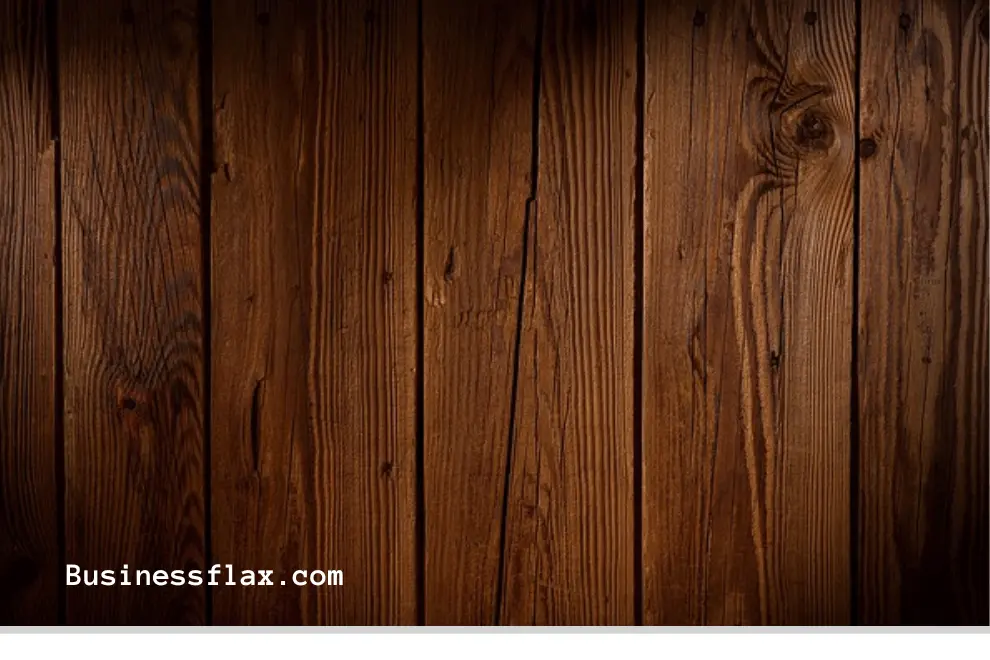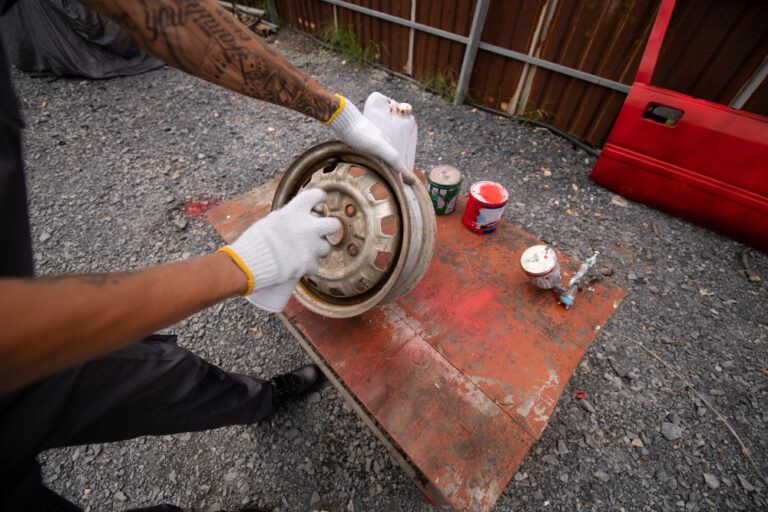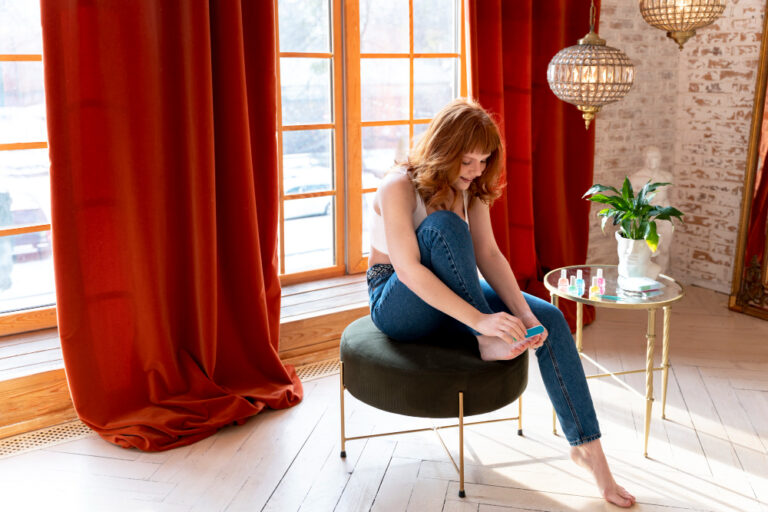Enhance Your Wood Projects: Mastering the Art of Applying Dye on Wood

Dyeing wood is a transformative process that enhances the natural beauty of wood through the application of vibrant colors. Unlike paints and stains that may mask the grain, dyes penetrate the wood, accentuating its natural patterns and textures. This technique is favored by woodworking enthusiasts and professionals who seek to add a unique flair to their projects while maintaining the organic essence of the wood.
Also Read: Plasterboard Paint
Choosing the Right Dye for Your Wood
Selecting the appropriate dye for your wood project is crucial for achieving the desired results. Water-based dyes are popular due to their ease of use and wide range of colors. They are environmentally friendly and dry quickly, but can raise the grain of the wood, requiring additional sanding. Alcohol-based dyes, on the other hand, penetrate deeply and dry rapidly without raising the grain, making them ideal for fine woodworking tasks. Oil-based dyes are less common but provide a longer working time and are useful for blending colors directly on the wood.
Preparing the Wood Surface
Proper preparation of the wood surface is essential to ensure even absorption of the dye. Start by sanding the wood thoroughly with progressively finer grits of sandpaper, usually finishing with 220 grit for a smooth surface. Clean the wood to remove any dust or debris, as these can prevent the dye from adhering evenly. If using water-based dyes, consider pre-raising the grain by lightly dampening the wood, then sanding it smooth once it dries. This step helps avoid uneven textures after the dye is applied.
Application Techniques for Dye on Wood
Applying dye to wood can be done using various techniques depending on the desired effect and the type of dye used. A common method is using a soft cloth or sponge to apply the dye in even strokes, working along the grain of the wood. For larger projects, a spray system can be used for a more uniform application. It’s important to work quickly and efficiently, as dyes can dry rapidly, especially alcohol-based types. Layering different colors or applying multiple coats can achieve deeper hues and complex finishes.
Finishing and Protecting Dyed Wood
Once the dye has been applied and has dried completely, protecting the wood with a suitable finish is key to preserving the color and enhancing its durability. Finishes such as polyurethane, lacquer, or wax can be applied over the dyed wood. Each type of finish has its advantages; for example, polyurethane provides a durable coating that is ideal for furniture, while wax may be preferable for decorative items that handle less wear and tear. Apply the finish according to the manufacturer’s instructions, ensuring a clean, dust-free environment for the best results.
Conclusion
Dyeing wood is an art that allows for creative expression through a spectrum of colors while highlighting the intrinsic beauty of the wood grain. By selecting the appropriate dye, preparing the surface properly, applying the dye skillfully, and finishing the wood with the right protective coating, you can achieve stunning results that elevate any woodworking project. Whether you are a seasoned woodworker or a hobbyist, mastering the technique of applying dye on wood can greatly enhance your craft.






